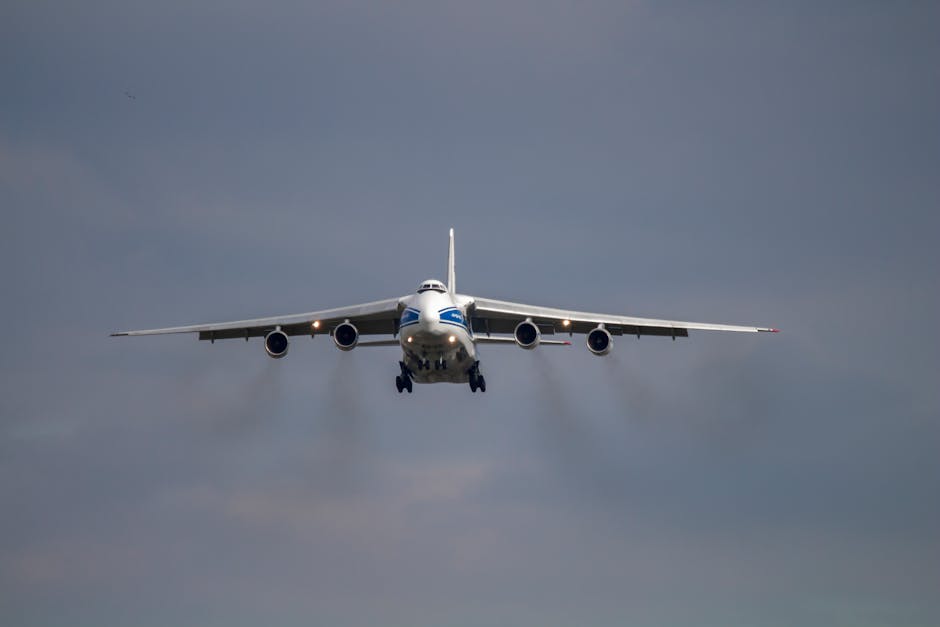-
Table of Contents
The harmonium, a free-reed musical instrument, is believed to have been invented in Europe during the early 19th century, with its origins often attributed to France. The instrument gained popularity for its portability and versatility, making it a staple in both Western classical music and various folk traditions. Its design and mechanism were influenced by earlier keyboard instruments, and it quickly spread to other regions, including India, where it became integral to various musical styles.
History of the Harmonium’s Invention

The harmonium, a delightful instrument that has charmed audiences around the world, has a rich history that traces back to its invention in the early 19th century. While its exact origins can be a bit murky, it is widely accepted that the harmonium was developed in Europe, specifically in France. The instrument emerged as a result of the growing interest in keyboard instruments during this period, as musicians sought new ways to create sound and express their artistry.
The harmonium is essentially a free-reed instrument, which means it produces sound when air flows through reeds, creating a warm and resonant tone. This innovative design was inspired by earlier instruments, such as the organ and the melodeon, but the harmonium distinguished itself with its portability and ease of use. As the 19th century progressed, the harmonium quickly gained popularity, particularly in churches and homes, where it provided an accessible means for people to enjoy music.
One of the key figures in the harmonium’s development was Alexandre Debain, a French instrument maker who is often credited with patenting the first modern harmonium in 1840. Debain’s design featured a keyboard that allowed musicians to play melodies while simultaneously controlling the volume and timbre of the sound. This versatility made the harmonium an appealing choice for both amateur and professional musicians alike. As word of Debain’s invention spread, other manufacturers began to produce their own versions, leading to a variety of styles and designs that catered to different musical tastes.
As the harmonium continued to evolve, it found its way into various musical traditions around the globe. In India, for instance, the harmonium became an integral part of classical and devotional music, where it is often used to accompany vocal performances. The instrument’s ability to produce rich, sustained notes made it a favorite among musicians, and it quickly became a staple in many Indian households. This cross-cultural exchange highlights the harmonium’s adaptability and its ability to resonate with diverse audiences.
In addition to its role in Indian music, the harmonium also made significant contributions to Western musical traditions. It became a popular choice for parlor music, where families would gather to sing and play together. The instrument’s relatively simple mechanics allowed even novice musicians to participate, fostering a sense of community and shared enjoyment. Furthermore, composers began to incorporate the harmonium into their works, recognizing its unique sound and expressive capabilities.
As the 20th century approached, the harmonium faced competition from electric organs and synthesizers
The Harmonium’s Origins in Europe
The harmonium, a delightful instrument known for its rich, warm tones, has a fascinating history that traces back to its origins in Europe. While the exact birthplace of the harmonium is often debated, it is widely accepted that its development was significantly influenced by the innovations of European instrument makers in the 19th century. The harmonium, as we know it today, evolved from earlier keyboard instruments, particularly the organ and the melodeon, which were popular in various forms across the continent.
In the early 1800s, the harmonium began to take shape in France, where it was initially referred to as the “harmonium” or “harmonium à bouche.” This name reflects its unique mechanism of sound production, which involves air being pushed through metal reeds by a foot-operated bellows. The instrument’s design allowed for a more portable and accessible alternative to the larger pipe organs that dominated churches and concert halls. As a result, the harmonium quickly gained popularity among amateur musicians and families, making music more accessible to the masses.
As the harmonium spread throughout Europe, it underwent various modifications and improvements. In Germany, for instance, instrument makers began to experiment with different reed configurations and keyboard layouts, enhancing the instrument’s versatility and tonal range. This period of innovation led to the creation of the “pump organ,” a variant of the harmonium that utilized a similar mechanism but was designed for home use. The pump organ became a staple in many households, providing a means for families to gather and enjoy music together.
Transitioning from France and Germany, the harmonium made its way to the United Kingdom, where it found a warm reception among musicians and composers. The instrument’s ability to produce a wide array of sounds made it an appealing choice for both solo performances and accompaniment. Notably, many composers began to incorporate the harmonium into their works, recognizing its unique tonal qualities and expressive capabilities. This further solidified the harmonium’s place in the musical landscape of Europe.
As the 19th century progressed, the harmonium’s popularity continued to soar, leading to the establishment of numerous harmonium manufacturers across Europe. These companies produced a variety of models, each with its own distinct features and characteristics. The harmonium became a symbol of domestic music-making, often found in parlors and drawing rooms, where families would gather to play and sing together. This communal aspect of music-making contributed to the instrument’s enduring appeal, fostering a sense of connection and joy among those who played
Cultural Impact of the Harmonium in India
The harmonium, a delightful instrument that has become synonymous with Indian music, has a rich cultural impact that resonates deeply within the fabric of the country’s artistic expression. Originating from the Western world, the harmonium made its way to India in the 19th century, where it was embraced and adapted to fit the diverse musical traditions of the subcontinent. This transition marked the beginning of a beautiful relationship between the instrument and Indian culture, leading to its widespread use in various musical genres, from classical to folk.
As the harmonium found its place in Indian music, it quickly became a staple in devotional and spiritual settings. Its ability to produce rich, melodious sounds made it an ideal accompaniment for bhajans, qawwalis, and other forms of devotional music. The instrument’s portability allowed it to be easily transported to temples, homes, and community gatherings, fostering a sense of togetherness and shared experience among worshippers. In this way, the harmonium not only enriched the musical landscape but also played a crucial role in enhancing the spiritual atmosphere of these gatherings.
Moreover, the harmonium has significantly influenced the teaching and learning of music in India. Many music schools and institutions incorporate the harmonium into their curriculum, recognizing its versatility and ease of use. Aspiring musicians often begin their journey with this instrument, as it provides a solid foundation for understanding melody and rhythm. The harmonium’s keyboard layout, which resembles that of a piano, makes it accessible for beginners, while its expressive capabilities allow advanced players to explore complex compositions. This accessibility has democratized music education, enabling a broader range of individuals to engage with and appreciate Indian music.
In addition to its role in education, the harmonium has also been instrumental in the evolution of various musical styles. For instance, in the realm of Hindustani classical music, the harmonium has become a popular accompaniment for vocalists, providing a rich harmonic backdrop that enhances the melodic lines. Its presence in the performances of renowned artists has further solidified its status as an essential instrument in this genre. Similarly, in the realm of folk music, the harmonium has adapted to various regional styles, from Punjabi Bhangra to Bengali Baul songs, showcasing its versatility and ability to blend seamlessly with different musical traditions.
Furthermore, the harmonium has transcended its traditional roles and found its way into contemporary music. Modern musicians and composers have begun to experiment with the instrument, incorporating it into fusion genres that blend Indian classical music with Western influences. This
Q&A
1. **Question:** Where was the harmonium invented?
**Answer:** The harmonium was invented in France.
2. **Question:** In what year was the harmonium invented?
**Answer:** The harmonium was invented in 1840.
3. **Question:** Who is credited with the invention of the harmonium?
**Answer:** The harmonium is credited to Alexandre Debain.The harmonium was invented in Europe, specifically in France, during the early 19th century.





